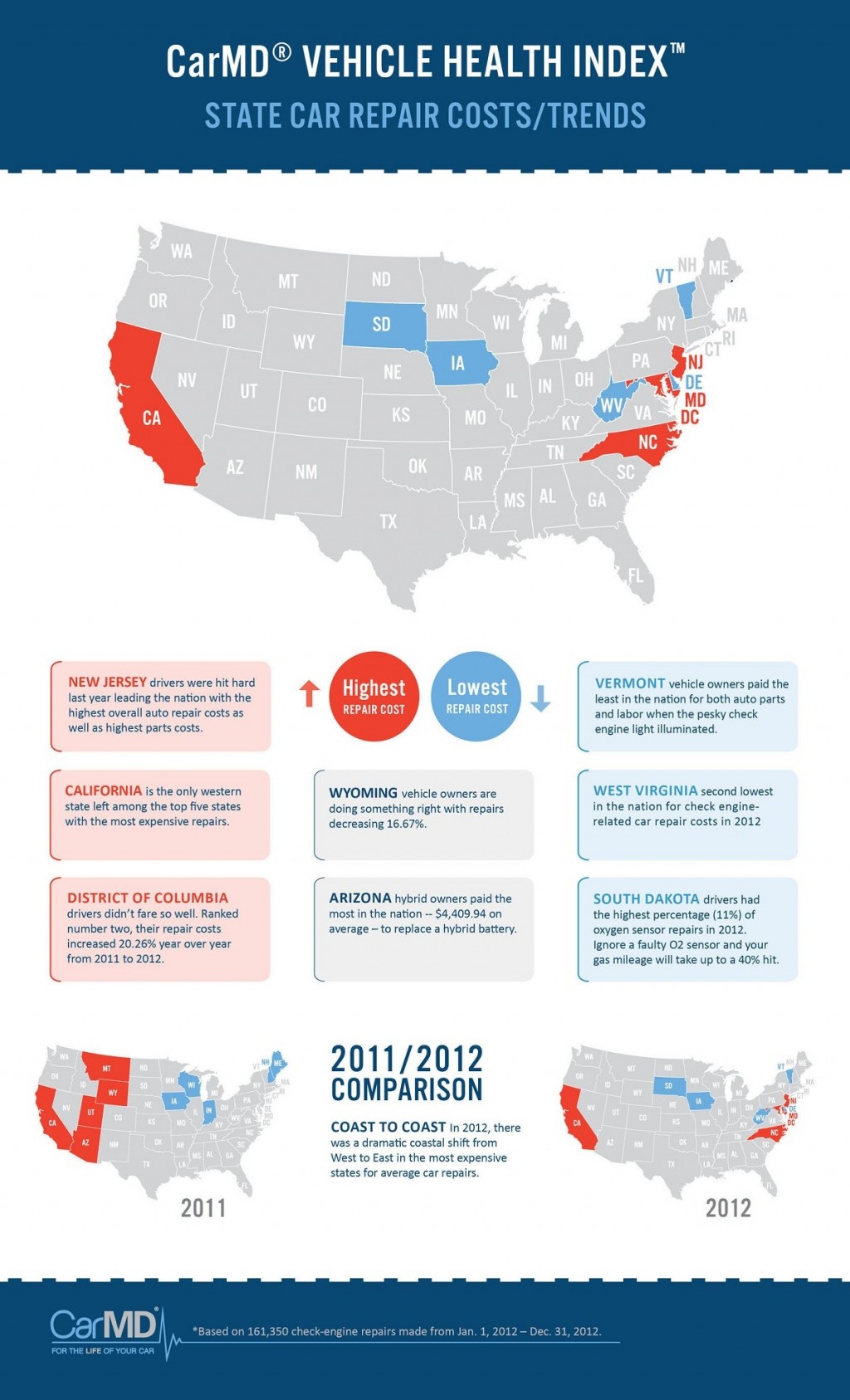Familiarize On Your Own With The Control Panel Warning Lights In Your Automobile To Prioritize The Well-Being And Safety Of Your Car
Familiarize On Your Own With The Control Panel Warning Lights In Your Automobile To Prioritize The Well-Being And Safety Of Your Car
Blog Article
Authored By-Wilkinson Gross
When you're behind the wheel, those beautiful warning lights on your dashboard can be a little bit puzzling. Do you recognize what they're attempting to inform you regarding your automobile's wellness? Understanding the value of these lights is crucial for your security and the longevity of your car. So, the next time among those lights appears, wouldn't you wish to understand its message precisely and take the needed actions to address it?
Common Warning Lights and Interpretations
Recognize typical caution lights in your automobile and understand their significances to guarantee safe driving.
One of the most normal caution lights include the check engine light, which indicates issues with the engine or emissions system. If this light comes on, it's important to have your vehicle inspected promptly.
The oil stress warning light indicates low oil stress, needing instant attention to stop engine damages.
brake repair shop blinking battery light could recommend a faulty billing system, potentially leaving you stranded if not dealt with.
The tire pressure tracking system (TPMS) light signals you to low tire pressure, impacting car security and fuel effectiveness. Disregarding this can cause hazardous driving problems.
The abdominal light shows a trouble with the anti-lock stopping system, compromising your ability to quit rapidly in emergencies.
Finally, the coolant temperature level cautioning light warns of engine overheating, which can cause serious damage if not resolved quickly.
Recognizing these usual caution lights will help you resolve issues quickly and preserve secure driving conditions.
Value of Prompt Attention
Comprehending the usual caution lights in your vehicle is just the first step; the relevance of promptly attending to these cautions can't be emphasized sufficient to guarantee your safety and security on the road.
When a caution light brightens on your dashboard, it's your automobile's way of communicating a prospective issue that requires interest. Overlooking these cautions can cause more extreme issues later on, endangering your safety and security and potentially costing you extra in repairs.
Prompt interest to cautioning lights can stop breakdowns and accidents. For instance, a flashing check engine light could suggest a misfire that, if left ignored, might cause damages to the catalytic converter. Resolving this without delay can save you from an expensive repair work.
Likewise, a brake system advising light might signal reduced brake liquid or worn brake pads, vital elements for your security when driving.
DIY Troubleshooting Tips
If you discover a warning light on your dashboard, there are a few do it yourself fixing tips you can attempt prior to seeking specialist assistance.
The initial step is to consult your cars and truck's guidebook to understand what the particular caution light shows. Sometimes the problem can be as basic as a loose gas cap triggering the check engine light. Tightening the gas cap might fix the problem.
car ac repair shops near me is a low battery, which can trigger different advising lights. Examining the battery connections for corrosion and ensuring they're safe and secure might repair the problem.
If a warning light lingers, you can try resetting it by disconnecting the automobile's battery for a couple of minutes and afterwards reconnecting it. In addition, examining your vehicle's liquid levels, such as oil, coolant, and brake liquid, can help troubleshoot warning lights connected to these systems.
Verdict
To conclude, understanding your vehicle's caution lights is important for maintaining your automobile running efficiently and securely. By quickly resolving these alerts and understanding what they mean, you can stay clear of expensive repair work and potential failures.
Keep in mind to consult your automobile's handbook for certain information on each warning light and do something about it appropriately to ensure a trouble-free driving experience.
Remain informed, remain secure on the road!
